Successful Product Strategies for Introduction Stage of Product Life Cycle
-
 By Sushmith
By Sushmith - Published on Oct 19 2023
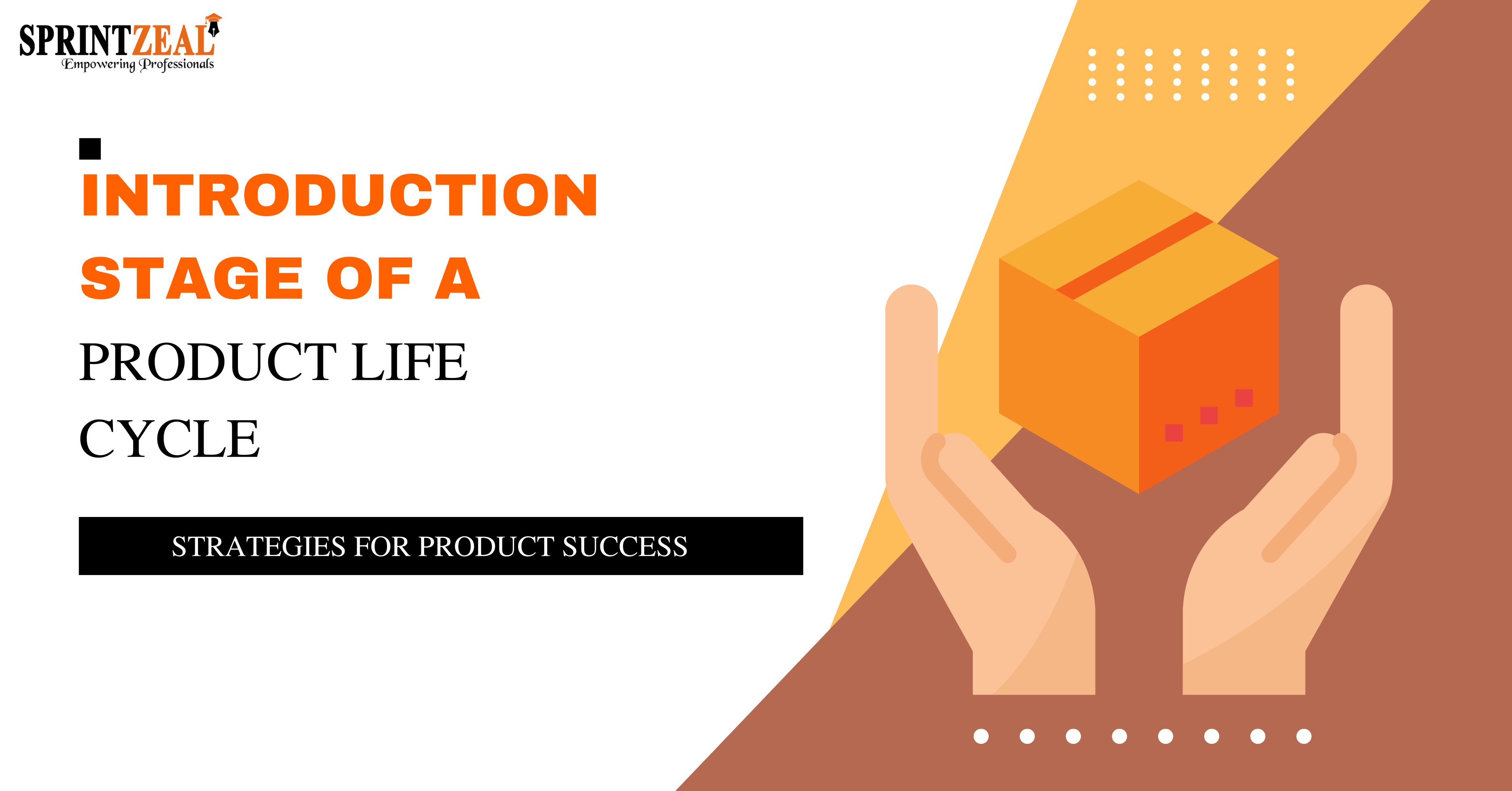
Table of Contents
- Introduction Stage of the Product Life Cycle
- Length of the Introduction Stage
- The Pros & Cons of Market during the Introduction Stage
- Types of Products in the Introduction Stage
- The Four Ps of Marketing in the Introduction Stage
- Most Common Introduction Phase Challenges
- Strategies to Introduce Your Product
- Promotion Tips to Introduce Your Product
- Conclusion
Introduction Stage of the Product Life Cycle
When it comes to launching a new product, understanding the Product Life Cycle (PLC) is crucial for long-term success. The Product Life Cycle consists of several stages, and the first one is the "Introduction Stage." This is the phase where the product takes its first steps into the market.
With the introduction of the product to the market, begins The Introduction Stage of a product's life cycle. At this point, potential customers are just becoming aware of your product's existence. This stage offers low sales, as consumers are cautious about trying something new.
Importance of Introduction Stage
In the process of product development and marketing, the Introduction Stage holds a special importance. This stage of Product Life Cycle (PLC) might seem uncertain compared to other impactful stages like Growth and Maturity, but it is, in fact, a juncture that impacts your product's future success.
In this guide, we will be covering the following,
- How long should the Introduction Stage last?
- The Pros and Cons of the market in Introduction Stage.
- What are the Types of products in the Introduction Stage?
- What are the 4Ps for the Introduction Stage of PLC?
- Most common Challenges faced in the Introduction Phase.
- Some smart strategies to introduce your product.
Length of the Introduction Stage
How long should you expect the Introduction phase of product life cycle to last? It can vary significantly depending on various factors of the product and the business niche. Now, let’s delve into the factors that can influence the timeline of a product in the introduction phase of the product life cycle.

1. Industry and Product Type
The type of industry and the nature of your product play a vital role in determining the length of the Introduction Stage. Some industries, such as technology, may have shorter Introduction Stages due to rapidly changing consumer preferences and competition. On the other hand, products with niche markets or complex features may have longer Introduction Stages.
2. Market Readiness
Market readiness refers to how prepared and receptive the market is to accept new products. If your product addresses a pressing need or solves a common problem, the market may be more ready for it, potentially shortening the Introduction Stage. However, if your product requires significant consumer education or behavior change, the stage may be longer.
3. Marketing and Promotion
Your marketing efforts pay key impact on the length of the Introduction Stage. Effective marketing campaigns can accelerate product awareness and adoption. This potentially strengthens the introduction stage. However, inadequate or inefficient marketing can elongate this phase.
4. Competition
The level of competition and your product's uniqueness affect its progress during the Introduction Stage. Unique offerings with little competition often progress more swiftly, while focused competition can extend this phase.
5. Customer Feedback
Responsiveness to customer feedback is crucial. If you are responsive to customer needs and make necessary improvements promptly, you can potentially accelerate the change to the Growth Stage. Ignoring or delaying changes based on customer feedback can delay this phase.
The Pros & Cons of Market during the Introduction Stage
Tough the introduction stage is the stepping stage of the Product Life Cycle; it comes with its own set of advantages and challenges. Understanding these pros and cons can help you direct this stage more effectively and make informed decisions for your product's success.
Pros of the Introduction Stage
Limited Competition: Since your product is new to the market, there are typically fewer direct competitors. This opens new opportunities to establish your brand and product before the market becomes saturated.
Potential for High Profit Margins: In the early stages, consumers eager to try something new may be willing to pay a premium price. This results in higher profit margins, especially if the product is innovative or exclusive.
Learning and Adaptation: The Introduction Stage allows you to gather valuable insights and feedback from early adopters. This information can be used to refine your product, marketing strategies, and overall business approach. It's a phase of experimentation and learning.
Building Brand Loyalty: The relationships you establish with early customers can turn them into loyal promoters for your brand. Their positive experiences can help build a strong foundation of brand loyalty that can pay dividends in the long run.
Cons of the Introduction Stage
Low Sales Volume: The most significant challenge during this phase is typically low sales volume. Since your product is unfamiliar to the majority of consumers, it can take time to generate significant sales and revenue.
High Marketing Costs: Building awareness and attracting customers during the Introduction Stage often requires substantial marketing expenditures. The cost of advertising, promotions and other marketing efforts can strain your budget.
Uncertain Market Response: The market's response to a new product is often unpredictable. Despite your best efforts, there is no guarantee of immediate success. The risk of failure is higher during this phase.
Limited Profitability: Due to the costs associated with product development and marketing, profitability during the Introduction Stage is often limited. It may take time to recoup these initial investments.
It is important that you focus on building awareness, listening to customer feedback, and refining your product based on early experiences.
Types of Products in the Introduction Stage
The Introduction Stage of the Product Life Cycle (PLC) can be experienced differently depending on the type of product you're launching. Not all products enter the market the same way or at the same pace. Let’s discuss the common types of products that are found in the Introduction Stage, along with some insightful product life cycle introduction stage examples.

1. Innovative Products
Innovative products enter with solutions that address a unique need or problem. They often introduce a unique technology or approach to an existing issue. They attract early adopters who are eager to try the latest advancements in technology.
Example: The first iPhone, electric vehicles (EVs), or virtual reality headsets are prime examples of innovative products.
2. Imitative Products
Imitative products are not entirely new but are variations or improvements on existing products. They often aim to enhance features, reduce costs, or address specific limitations of established products. They enter the market with some consumer familiarity.
Example: The introduction of the iPhone 3G or newer models can be considered imitative products, as they built upon the original iPhone's success with enhancements.
3. Niche Products
Niche products cater to a specific segment of the market. They may not have mass appeal but target a select group of consumers with unique preferences or needs. However, they can command premium prices and customer loyalty within their niche.
Example: High-end professional cameras, specialized software for niche industries, or gourmet organic food products are examples of niche products.
4. Rebranding Products
Rebranding products involve taking an existing product and presenting it to the market under a new identity. This is often done to reach different customer segments or reviving a falling product. They leverage the familiarity of an existing product seeking to offer a fresh view in the market.
Examples: Some fashion companies rebrand and Re-launch classic styles or products from the past to appeal to a new generation of consumers.
The Four Ps of Marketing in the Introduction Stage
For developing and implementing a successful marketing strategy, the Four Ps—Product, Price, Place, and Promotion serve as the foundation. These principles take on distinctive importance with the characteristics of introduction stage of product life cycle. Here’s what must be done in each stage.
1. Product
In the Introduction Stage, your product is the star of the show. It's essential to ensure that your products in the introduction stage of the product life cycle are given the spotlight they deserve.
- You must identify the problem your product solves or the need it fulfills in the market to ensure that your product provides a clear solution.
- Whether it's innovative features, superior quality, or a fresh approach, highlight what makes your product unique.
- Be open to customer feedback and use it to improve your product. Early adopters can provide valuable insights for product refinement.
2. Price
Pricing is a delicate balancing act during the Introduction Stage. Consider the following:
- Offering an introductory price lower than your long-term target can attract price-sensitive consumers. This encourages trial and adoption.
- Communicate the value your product provides. Price should align with perceived value to justify the purchase to early adopters.
3. Place
Distribution channels play a pivotal role in ensuring that your product reaches its intended audience:
- Carefully choose distribution channels that efficiently reach your target market. Since sales may be limited initially, focus on high-impact outlets.
- In today's digital age, an online presence is vital. An e-commerce platform can help you reach a broader audience.
4. Promotion
Creating awareness and generating buzz are paramount in the Introduction Stage:
- Since consumers are unfamiliar with your product, invest in marketing campaigns. Explain how your product works and why it's worth trying.
- Encourage early adopters to share their positive experiences through testimonials and reviews. Word-of-mouth marketing can be powerful.
- Utilize social media platforms and content marketing to engage with your audience. Share informative and compelling content to build interest.
Most Common Introduction Phase Challenges
The Introduction Stage of the Product Life Cycle (PLC) is a phase filled with potential, but it also comes with its fair share of challenges. Understanding these challenges can help you prepare and navigate this critical phase more effectively. Here are some of the most common challenges:
Limited Market Awareness
At the beginning, very few consumers are aware of your product. Building market awareness can be slow and requires significant effort and investment in marketing and promotion.
Solution: Develop a comprehensive marketing strategy that includes online and offline channels to reach your target audience. Focus on creating engaging and informative content to introduce your product effectively.
Low Sales Volume
Due to the uniqueness of your product, sales volume during the Introduction Stage is typically low. This can put pressure on the profitability.
Solution: Be patient and realistic about your sales expectations. Consider offering introductory pricing or special promotions to encourage early adoption. Monitor your costs closely to manage profitability.
High Marketing Costs
To build awareness to customers, you'll likely need to invest heavily in marketing and promotional activities. This can strain your budget.
Solution: Carefully allocate your marketing budget to the most effective channels and strategies. Track the ROI of your marketing efforts and be willing to adjust your approach as needed.
Product Refinement Needs
As consumers begin to use your product, they may provide feedback and reveal areas that require improvement. Adapting to these changes can be challenging, especially if they impact production or timelines.
Solution: Embrace feedback as an opportunity for growth. Have a process in place for gathering, analyzing, and implementing customer feedback promptly. Communicate changes transparently to your customers.
Competitive Pressure
While there may be limited competition initially, other businesses may quickly recognize the potential in your market niche and enter the fray. This can intensify competition and erode your market share.
Solution: Continuously monitor the competitive landscape. Focus on building a strong brand and customer loyalty. Innovate to stay ahead of competitors and maintain your unique selling propositions.
Common Mistakes in the Introduction Period
The Introduction Stage of Product Life Cycle requires careful planning and execution. However, it's also a stage where businesses can make common mistakes that can hinder their product's success. Let's explore some of these mistakes and discuss solutions to avoid them:
Underestimating Market Research
Assuming that you fully understand the market without conducting thorough research is a common mistake. This can lead to incorrect assumptions about customer needs and preferences.
Solution: Invest time and resources in market research. Understand your target audience, their pain points, and what solutions they are seeking. Regularly update your research to stay attuned to changing trends and customer behavior.
Neglecting Competitive Analysis
Failing to thoroughly analyze the competition can leave you unprepared to differentiate your product effectively. Ignoring competitors can result in missed opportunities and a lack of strategic positioning.
Solution: Conduct a comprehensive competitive analysis. Identify key competitors, their strengths and weaknesses, pricing strategies, and market share. Use this information to develop a unique selling proposition (USP) for your product.
Rushing Product Development
Hastily pushing a product to market without thorough development and testing can lead to quality issues and customer dissatisfaction. It may also result in costly recalls or updates.
Solution: Take the time to develop and refine your product. Conduct quality assurance testing to ensure that your product meets or exceeds customer expectations. A well-developed product is more likely to gain positive reviews and repeat business.
Mispricing the Product
Setting an incorrect price can have significant consequences. Overpricing can deter potential customers, while underpricing may limit profitability and make it challenging to cover costs.
Solution: Carefully analyze your costs, competitor pricing, and perceived value. Consider using pricing strategies like penetration pricing initially, but be prepared to adjust prices as you gather market feedback and data.
Ignoring Marketing and Promotion
Assuming that a great product will sell itself is a common misconception. Neglecting marketing and promotion can result in low awareness and slow adoption.
Solution: Develop a robust marketing plan that includes various channels, such as digital marketing, content marketing, social media, and traditional advertising. Invest in creating compelling and educational content to introduce your product effectively.
Strategies to Introduce Your Product
The Introduction Stage of the Product Life Cycle is a critical phase where your product takes its first steps into the market. Successfully introducing your product, while understanding the importance of a well-executed introduction in product life cycle, sets the stage for long-term success. Here are some effective strategies to help you navigate this phase:
Create a Compelling Value Proposition
A strong value proposition is the foundation of your product's introduction. Clearly communicate what makes your product unique and why it matters to your target audience. Highlight the specific problems it solves or the benefits it offers.
Target Early Adopters
Identify and target early adopters—those consumers who are most likely to embrace new products. Early adopters tend to be more willing to take risks and can become valuable advocates for your product.
Leverage Content Marketing
Content marketing is a powerful tool during the Introduction Stage. Create informative and engaging content that educates potential customers about your product's features, benefits, and applications. Blog posts, videos, Infographics, and tutorials can help build awareness.
Utilize Social Media
Harness the reach of social media platforms to build a community around your product. Share engaging content, run targeted ads, and interact with your audience to create buzz and generate interest.
Offer Limited-Time Promotions
Consider offering limited-time promotions or discounts to incentivize early adoption. This can help overcome initial price resistance and encourage trial.
Promotion Tips to Introduce Your Product
Craft a Compelling Elevator Pitch
An elevator pitch is a short and compelling description of your product that can be delivered in the time. It should clearly convey what your product does, its unique benefits, and why it matters. This pitch will be a valuable tool for networking and engaging potential customers.
Leverage Online Advertising
Online advertising, including pay-per-click (PPC) ads, display ads, and social media advertising, can be highly targeted and cost-effective. Create eye-catching ad creative and target them towards your ideal customer demographics to maximize your reach.
Optimize Your Website
Ensure your website is user-friendly, mobile-responsive, and optimized for search engines (SEO). A well-optimized website can attract organic traffic and provide valuable information about your product.
Leverage Social Media
Use social media platforms to create a strong online presence. Share engaging content, including product photos, videos, customer testimonials, and educational posts. Interact with your audience, respond to comments, and use relevant hashtags to expand your reach.
Run Contests and Giveaways
Contests and giveaways can create excitement around your product launch. Encourage participants to share your product with their networks for a chance to win. This can help expand your reach and build anticipation.
Email Marketing
Build an email list of potential customers and create an email marketing campaign leading up to your product launch. Send teaser emails, exclusive offers, and updates to keep your audience informed and engaged.
Profitability on the PLC Introduction Stage
Profitability in the Introduction Stage of the Product Life Cycle (PLC) is typically limited due to high initial costs and low sales volumes. This phase is primarily an investment period, where businesses focus on building awareness, acquiring early customers, and refining their products based on feedback.
While maintaining some level of profitability is important, the primary goal is to establish a strong foundation for future growth. Efficient cost management, a long-term perspective, and reinvestment in marketing and product development are key strategies during this phase, which plays a pivotal role in the introduction in product life cycle.
As the product progresses through subsequent PLC stages like Growth and Maturity, profitability is expected to increase as the customer base expands and economies of scale come into play. Here are a few key functions based on which the profitability in this phase typically works:

Conclusion
In this guide to the Introduction Stage of the Product Life Cycle (PLC), we've explored the critical aspects and strategies that should be considered when introducing a new product to the market.
It is important to understand the significance of the Introduction Stage, highlighting its role as the initial step in a product's journey and the foundation for future success. Emphasizing the need for a well-planned approach establishes the market presence for the product and gains growth.
Examining the pros and cons of the market during this phase helps recognizing the challenges of low sales volume and high marketing costs, while also appreciating the opportunities of limited competition and potential for high-profit margins.
The provided valuable strategies to introduce your product effectively, such as crafting a compelling value proposition, leveraging online advertising and social media, and collaborating with influencers, align perfectly with successful approaches during the product life cycle introduction stage strategies.
These tactics help in maintaining a customer-centric approach while ensuring a strong entry into the market.
If you're looking to lead Agile transformations and scale Agile practices in your organization, consider enrolling in Sprintzeal’s Leading SAFe® 5 Agilist course. It provides you with the expertise and certification to drive Agile success at the enterprise level.
For those seeking to excel in the field of Agile product management, Sprintzeal offers the CSPO® - Certified Scrum Product Owner course. This program equips you with the tools and techniques to effectively manage product development, ensuring it meets customer needs and maximizes value.
Sprintzeal offers a wide range of industry-leading certification courses designed to empower professionals with the knowledge and skills needed to excel in today's competitive business landscape.
Visit Sprintzeal today to explore all the training programs and take the next step in your career journey.
Subscribe to our Newsletters
Popular Programs
PSM® - Professional Scrum Master Certification
Live Virtual Training
- 4.8 (75 + Ratings)
- 48k + Learners
Trending Posts
Agile Release Plan Guide
Last updated on May 9 2023
Agile Environment Guide
Last updated on Dec 28 2023
Agile Coaching Guide - Best Skills for Agile Coaches
Last updated on May 24 2023
Scrum Workflow - A Step by Step Guide
Last updated on Sep 29 2022
SAFe Certifications List - Best of 2026
Last updated on May 30 2023
Top Git Interview Questions and Answers [Updated 2026]
Last updated on Oct 7 2022
Categories
- Other 67
- Agile Management 60
- Cloud Computing 51
- Project Management 170
- Big Data 59
- Business Management 82
- Digital Marketing 74
- IT Service Management 29
- Programming Language 51
- AI and Machine Learning 69
- IT Security 110
- Quality Management 77
- IT Hardware and Networking 25
- Microsoft Program 4
- Workplace Skill Building 12
- Risk Management 9
- Information Security 8
- Leadership and Management 7
- Corporate Training and Development 1
Trending Now
List Of Traits An Effective Agile Scrum Master Must Possess
ArticleDevOps Vs Agile Differences Explained
ArticleDevops Tools Usage, and Benefits of Development Operations & VSTS
ArticleAgile Scrum Methodology - Benefits, Framework and Activities Explained
ArticleGuide to Agile Project Management 2026
Article10 best practices for effective DevOps in 2026
ArticleGuide to Becoming a Certified Scrum Master in 2026
ArticleWhy Should You Consider Getting a Scrum Master Certification?
ArticleCSM vs CSPO: Which Certification is Right for You?
ArticleAgile Manifesto - Principles, Values and Benefits
ArticleAgile Methodology Explained in Detail
ArticleAgile Project Management Explained
ArticleEverything about Scrum Methodology
ArticleLatest Agile Interview Questions and Answers To Look For In 2026
ArticleScrum Interview Questions and Answers 2026
ArticleTop Scrum Master Responsibilities 2026 (Updated)
ArticleDevOps Engineer Interview Questions - Best of 2026
ArticleDevOps Engineer - Career path, Job scope, and Certifications
ArticleScrum vs Safe – Differences Explained
ArticleCSM vs. PSM - Which Scrum Certification is Better?
ArticleSAFe Implementation Roadmap Guide
ArticleAgile Release Plan Guide
ArticleAgile Environment Guide
ArticleAgile Coaching Guide - Best Skills for Agile Coaches
ArticleAgile Principles Guide
ArticleSAFe Certifications List - Best of 2026
ArticleAgile Prioritization Techniques Explained
ArticleScrum Ceremonies Guide
ArticleProduct Owner Certifications List
ArticleScrum of Scrums Guide
ArticleBusiness Agility Guide - Importance, Benefits and Tips
ArticleWhat is DevSecOps and its Importance
ArticleStakeholder Engagement Levels Guide
ArticleScrum Master Career Path Explained
ArticleScrum Career Path Explained
ArticleDevOps Career Guide 2026
ArticleData Processing - A Beginner's Guide
ArticleScrum Workflow - A Step by Step Guide
ArticleTop Git Interview Questions and Answers [Updated 2026]
ArticleA guide to Agility in cloud computing
ebookProduct Roadmap: An Ultimate Guide to Successful Planning and Implementation
ArticleProduct Life Cycle in Marketing: Essential Strategies for Product’s Success
ArticleDMAIC Methodology - The Ultimate Guide
ArticleProduct Life Cycle Strategies: Key to Maximizing Product Efficiency
ArticleScrum Master Salary Trends in 2026
ArticleProduct Life Cycle Model: A Guide to Understanding Your Product's Success
ArticleWhat is a Product Owner - Role, Objectives and Importance Explained
ArticleUnlocking Career Opportunities in Product Management: Your Roadmap to Success
ArticleSaturation Stage of Product Life Cycle: Complete Guide
ArticleEssential Tools for Agile Project Management 2026
ArticleHow to Write an Executive Summary for a Business Plan?
ArticleImportance of Procurement Management Software in Modern Business
ArticleBest Prompt Engineering Tools to Master AI Interaction and Content Generation
ArticleHow to Select a Rust Development Company with Expertise in Cloud and Embedded Systems?
ArticleMastering Your Sales Funnel to Maximize Every Conversion
Article7 Culinary Business Schools Offering Global Industry Access
ArticleTurning workforce data into actionable insights
ArticleWhat Is a Data Scientist? Salary, Skills, and How to Become One
ArticleProject Manager Job Description: Roles, Responsibilities, and Skills
Article

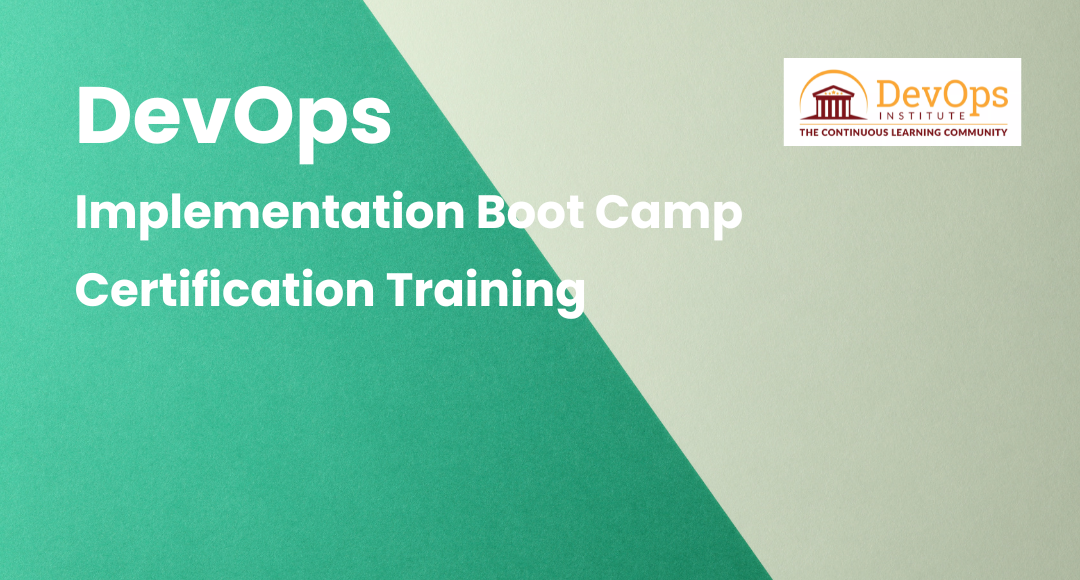

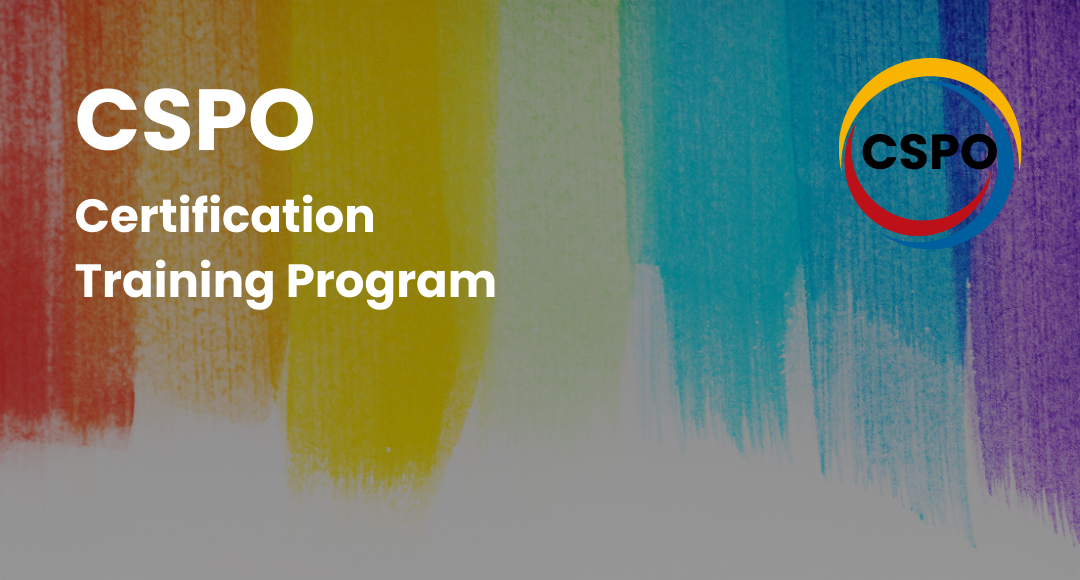
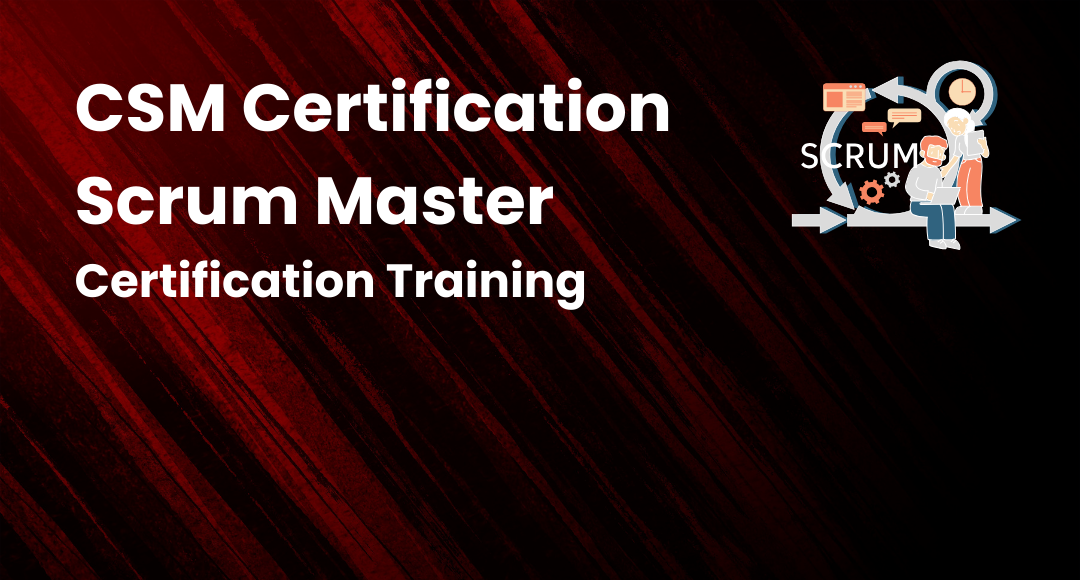
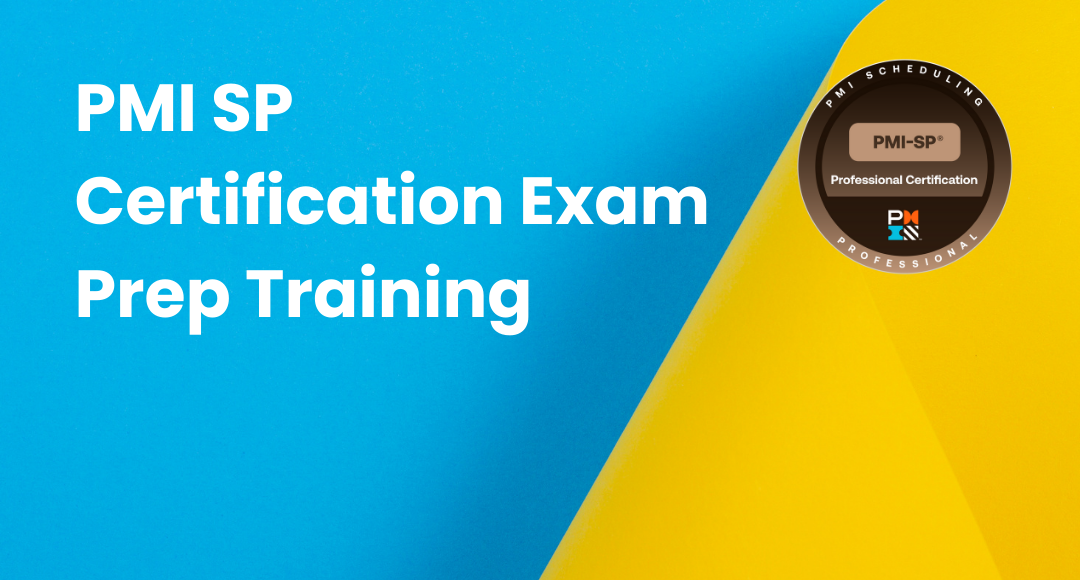
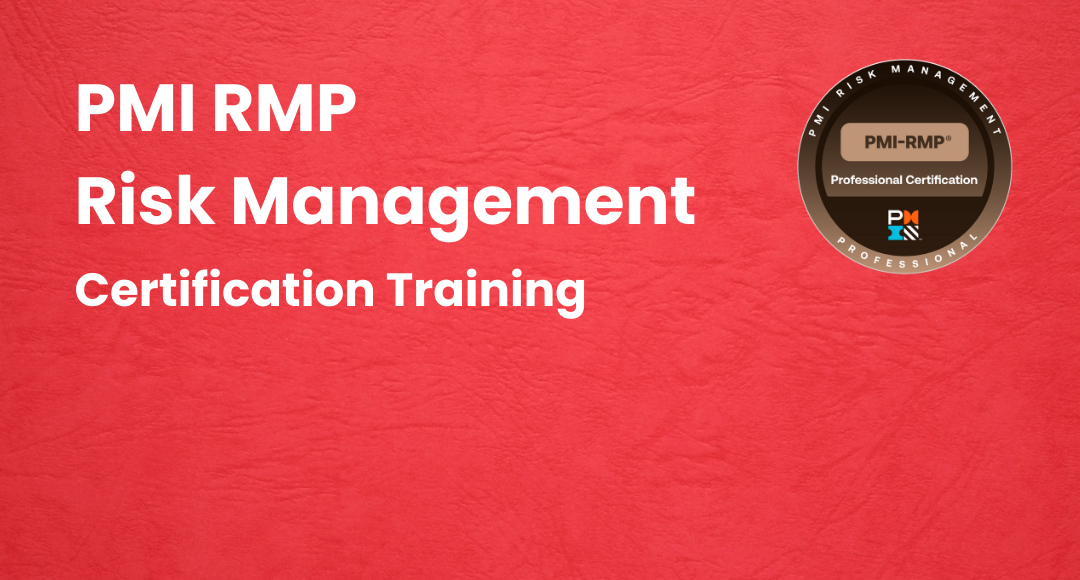
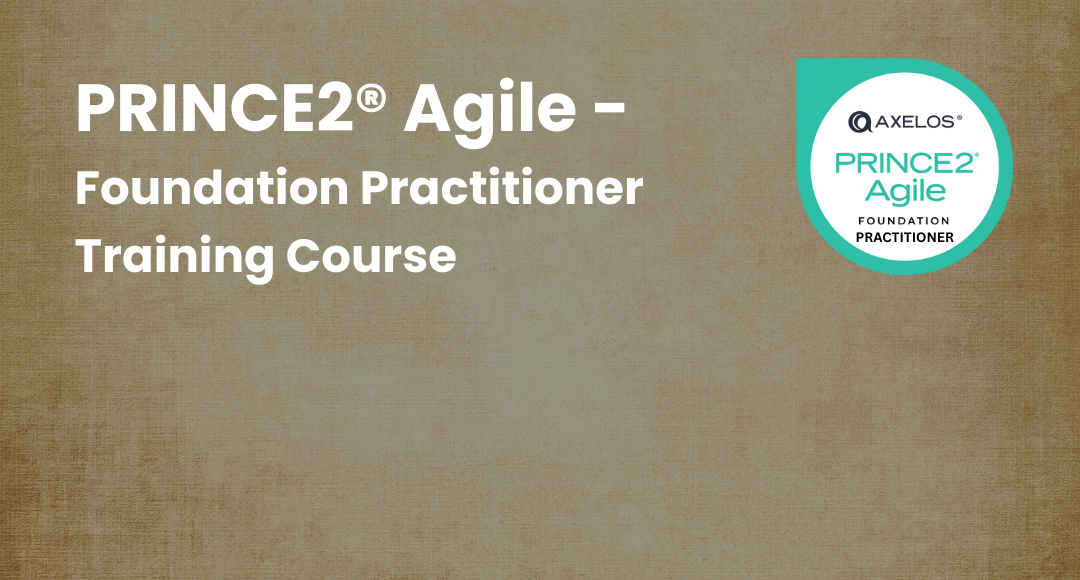
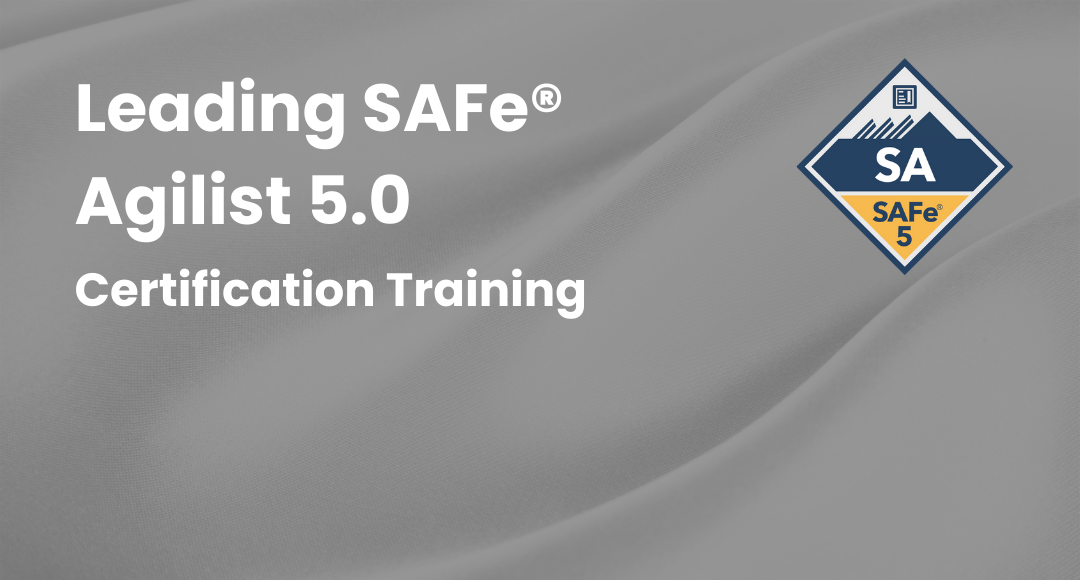
+Certification+Training.png)
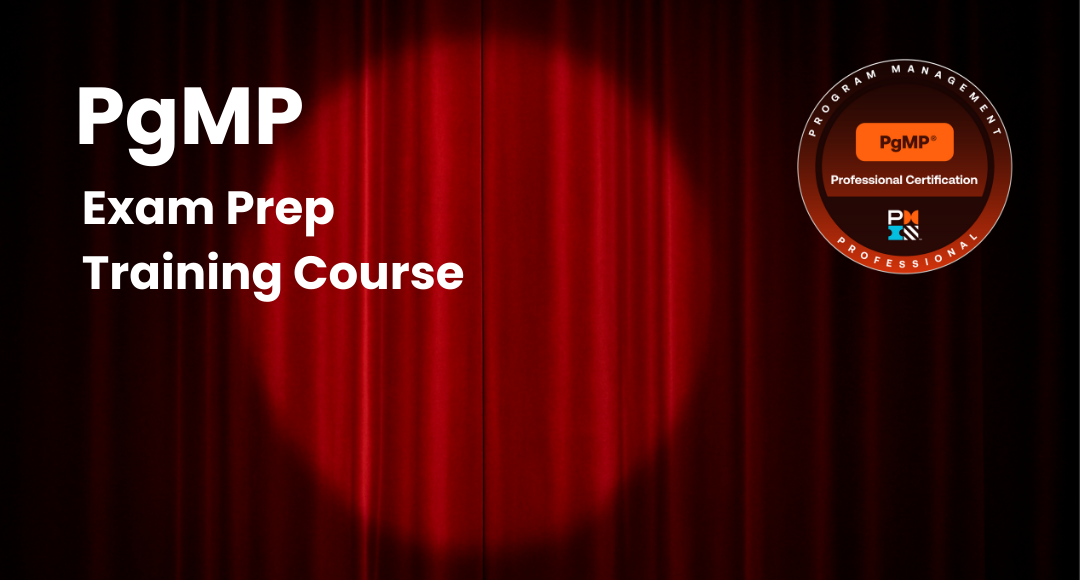
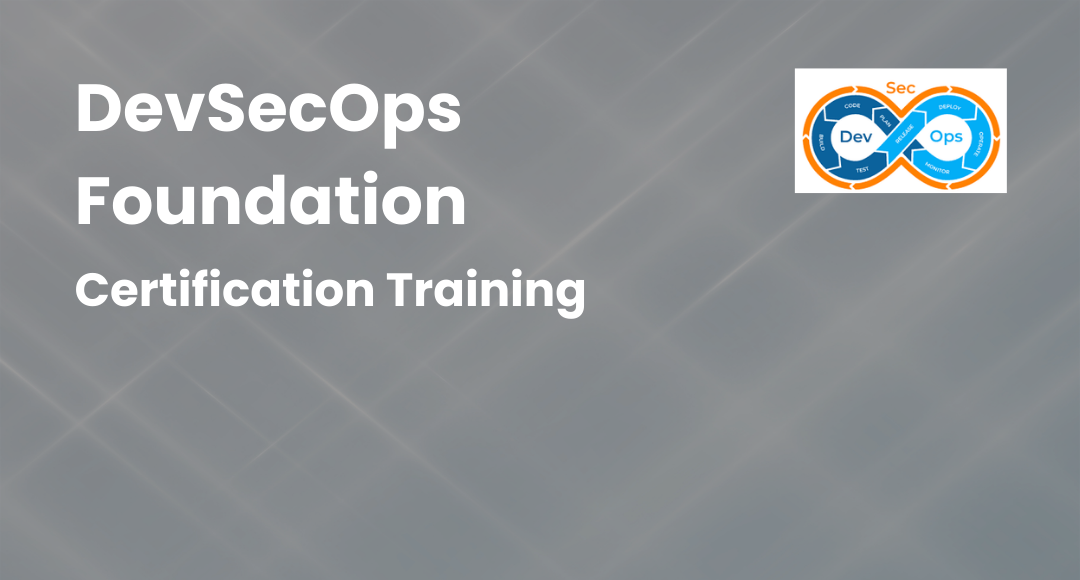
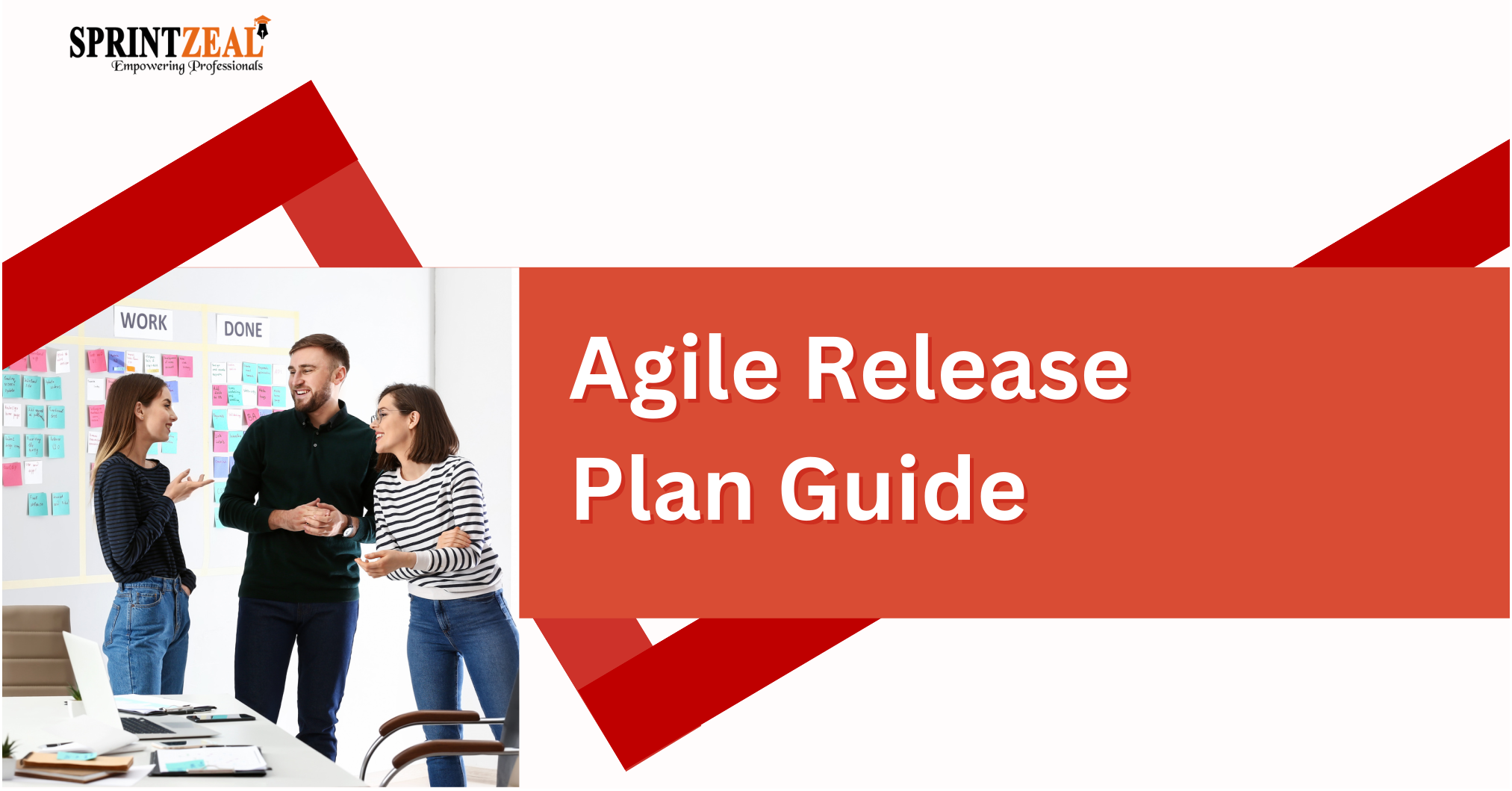




![Top Git Interview Questions and Answers [Updated 2026] Top Git Interview Questions and Answers [Updated 2026]](https://d2ds8yldqp7gxv.cloudfront.net/Blog+Images/416.webp)
